Over the past twenty years, the focus on environmental policies and the health of citizens has led to an extension of the list of harmful fungicides, with the European Commissions reviewing the MRL (maximum residue limits).
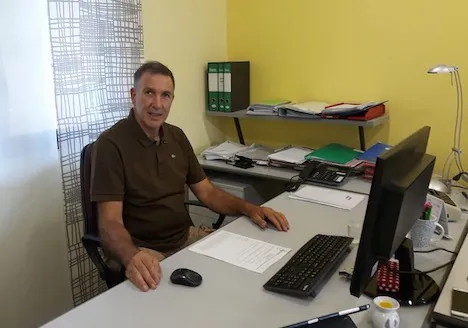 In the photo, Salvatore Imbesi.
In the photo, Salvatore Imbesi.
"On September 4th, 2020, the maximum residue limit allowed in citrus fruit treated with Procloraz was lowered from 10 ppm (mg/kg) to 0.3 ppm (mg/kg). This is a very important result with a view to obtaining sustainable and healthy productions, however it poses at least two practical issues. On the one hand, producers must comply with the parameters or find other solutions to counter pathogens while, on the other hand, they have to find a solution for the stock produced before the new regulation entered into force."
"There is no problem for citrus juice (orange, lemon and tangerine), considering that demand exceeded supply during the 2019/20 campaign. However the situation changes when it comes to essential oils, where we must also deal with the competition coming mostly from Brazil and Argentina," reports Salvatore Imbesi, consultant for Ortogel, a leading international player in the processed citrus fruit sector.
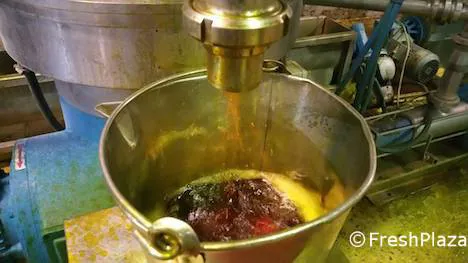
Based in the indications provided by the European Food Safety Authority (EFSA), EU Regulation 2020/192 of 12 February 2020 lowered the maximum residue limit permitted for the Procloraz active substance on some agricultural products. In addition to citrus fruit, the regulation applies to kiwifruit, bananas, mangoes and pineapples. The new limit is 0,3 ppm (mg/kg) and entered into force on September 4th, 2020.
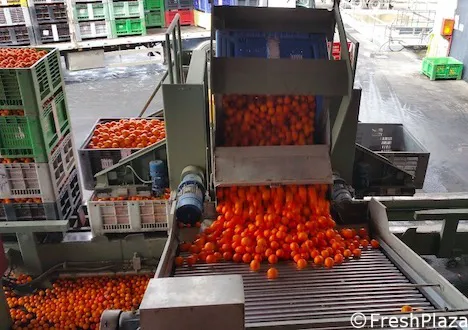
A transition period to commercialize the produce processed before September 4th is envisaged only when the Procloraz residue is not considered risky for consumers, while there is no transition period envisaged for citrus fruit, mangoes and pineapples.
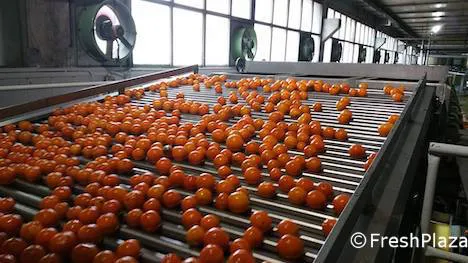
"We are not worried about this new directive. Our citrus fruit is grown as naturally as possible, some of it is organic as well. As for traceability, I have been fighting for data transparency for years for both fresh and processed products. I am doing it not only to safeguard a market that is out of control and that is destroying the entire chain, but mostly for the added value provided by strict production specifications and checks on phytosanitary treatments."
"As for the new regulation, our R&D laboratories have reassured us that we were already below the new residue parameters. Unfortunately, we understand (although we would like to be mistaken) that the post-harvest use of Procloraz is widespread especially on citrus fruit coming from Spain, South America, South Africa and Turkey. As for mangoes, we are talking about South and Central America, the Caribbean and Africa as well as South and Central America for pineapples. Something changed that might have a positive effect for Sicilian citrus fruit production not only when it comes to quality and food safety, but also in terms of recognition."
Contacts: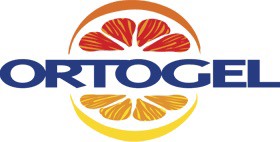
Ortogel Spa
C.da Balchino Zona Industriale
95039 Caltagirone (CT) (Italy)
Tel.: +39 0933 1902800
Cell.: +39 348 8949166
Email: info@ortogel.com
Website: www.ortogel.com
